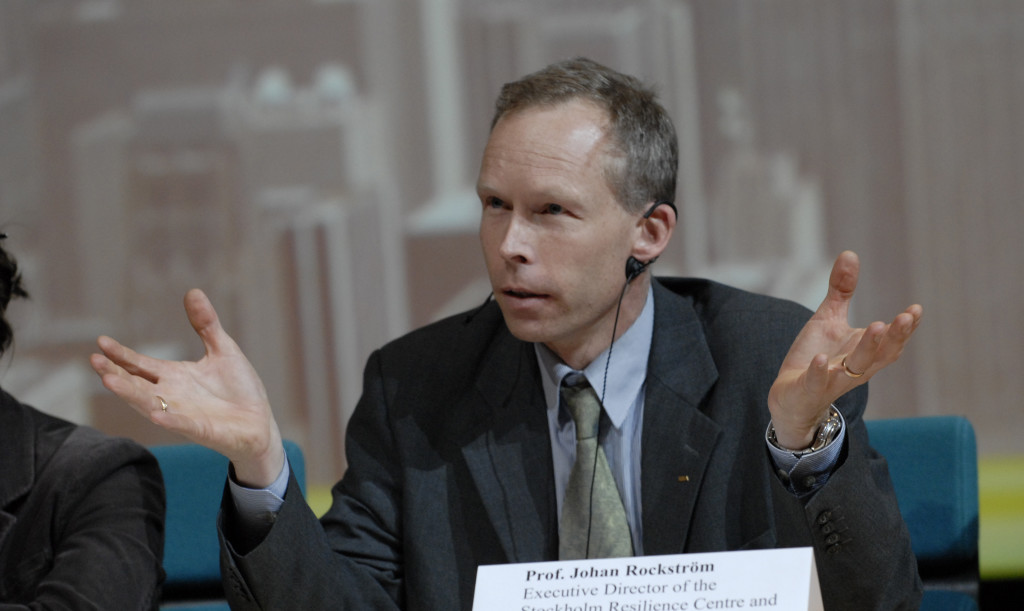“Dangerous and Deadly” – Scientists Slam Paris Text
Hamish M | December 10, 2015.
As the Paris climate talks surge towards a final agreement, a group of the world’s top climate scientists have gathered to slam the latest draft text.
Negotiations for a new global climate deal have hit fever pitch, with conference president Laurent Fabius announcing that the next, and likely final, version of the text will be released tomorrow at 9am Paris time.
In an eleventh-hour intervention, a collection of the world’s foremost experts on climate science have united to criticise the latest draft text as “not consistent with the science”. The session garnered huge interest from media and observers as people crammed into an already crowded room, despite the objections of the security staff.
Kevin Anderson, climate change advisor to the British government, declared that “the current text is weaker than what came out of Copenhagen – it is not consistent with science”. Speaking of the likely impact on the developing world, Anderson said the text would “sit somewhere between dangerous and deadly.”
The latest version of the agreement binds countries to a 2°C warming target, and references 1.5°C as an aspirational and secondary target. Its key failure, according to Anderson, is that the draft agreement fails to articulate emissions reductions that would be consistent with the warming goal.
“Peaking emissions ‘as soon as possible’ is not sufficiently robust as there is no reference to the level of those peaks. There is no reference to fossil fuels, even though we know we have to keep 90% of current reserves in the ground,” said Anderson.
One of the most controversial elements on the new text is a new reference to “greenhouse gas emissions neutrality,” replacing previous language around decarbonisation. “The language of neutrality masks the ruse that we have developed,” continued Anderson, “that we’ll be able to suck very large quantities of CO₂ from the atmosphere in the future, and that we don’t have to have significant reductions in the near term”.
Johan Rockstrom, a prominent global climate scientist for his work on planetary boundaries, was similarly scathing. “The frustration is that once you set the global planetary guardrail [of 2°C warming], everything else must be consistent with that target. That means decarbonising the world economy by 2050.” With no reference to decarbonisation or even emissions reduction pathways, Rockstrom argues the text opens up “a risky future.”
Energy and climate policy expert, Joeri Rogelj, said that “to limit warming to 1.5°C by the end of the century, there are no scenarios available that delay global action beyond 2020”. Rogelj said that by 2020, when the Paris agreement will come into force, the so called ‘carbon budget’ to limit warming to 1.5°C will already have been exceeded.
In an ominous sign for the coming hours, Hans Schellnhuber, leading climate scientist and veteran of the UN climate negotiations, warned that “the second last text is always stronger than the last one” and that whilst “the text might still be improved, it might be watered down as well”.
When pushed to suggest what a scientifically accurate agreement might look like, the group were unanimous in calling for drastic emissions cuts within the next five to ten years, with developed countries taking the lead.
Anderson argued that “using IPCC targets for 1.5°C, the likely chance [of remaining below] is already gone, and the fifty-fifty chance means starting on Monday a 15-20% annual reduction in global emissions.” The current text has no date specified for peak emissions.














comment